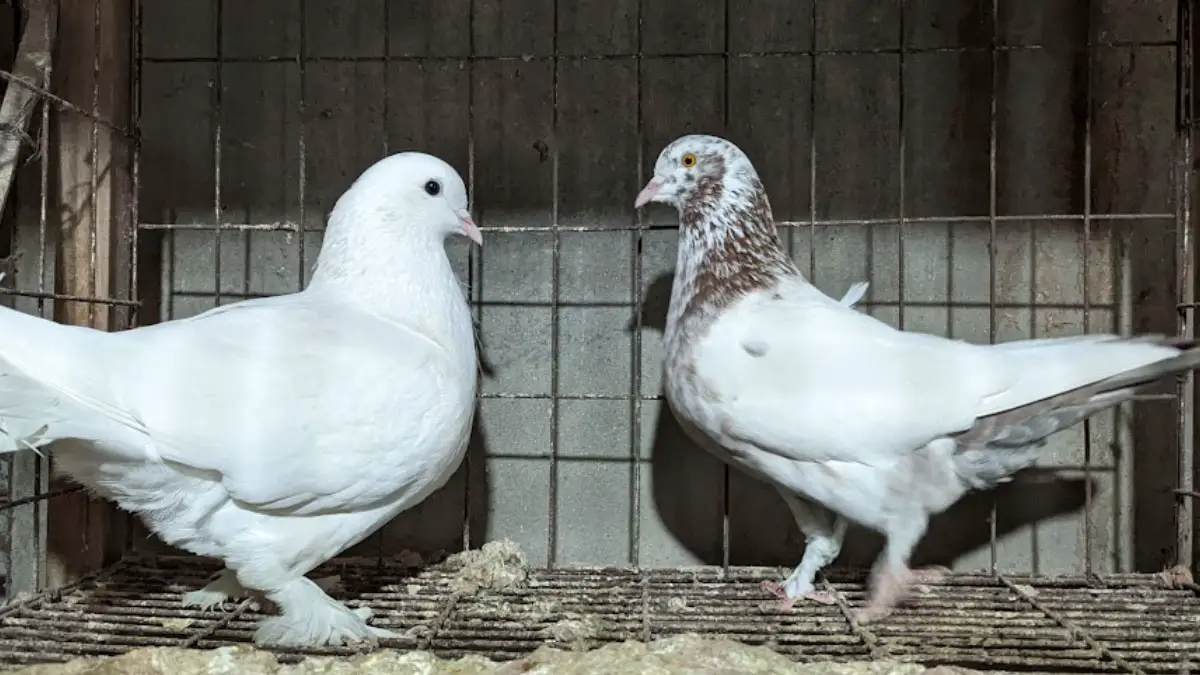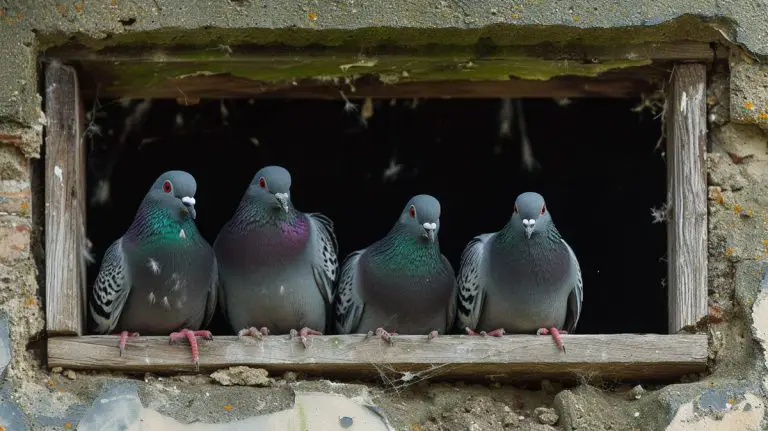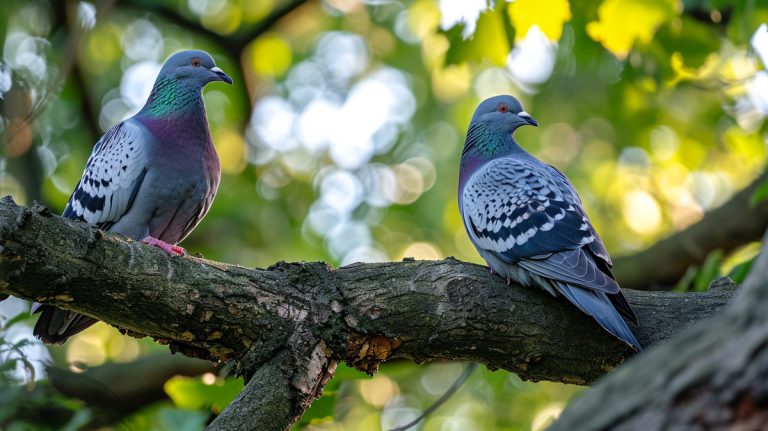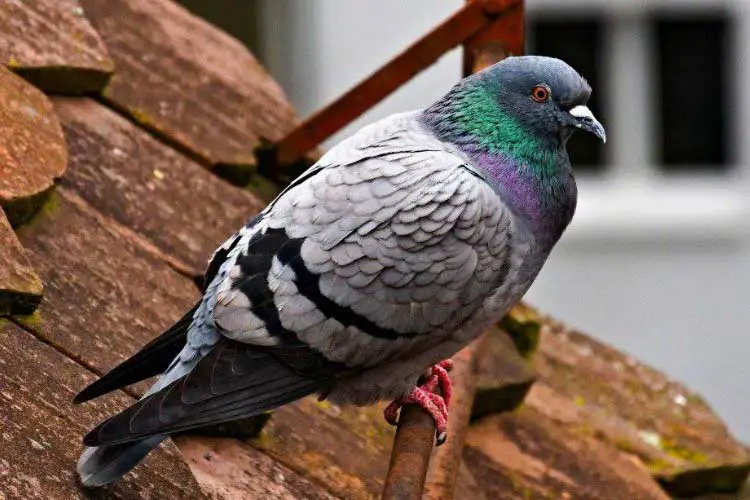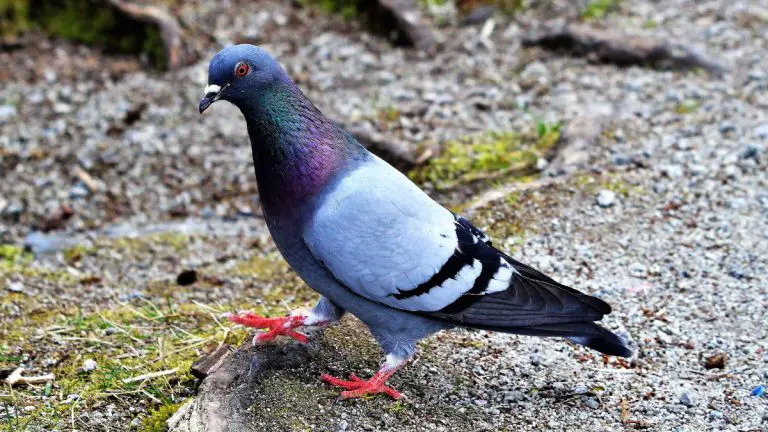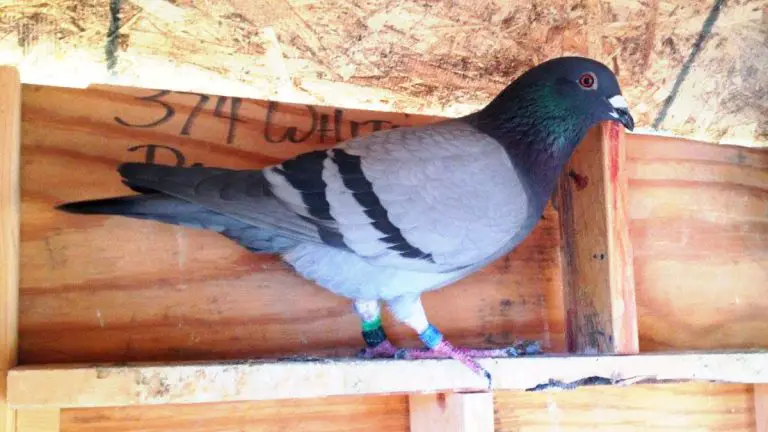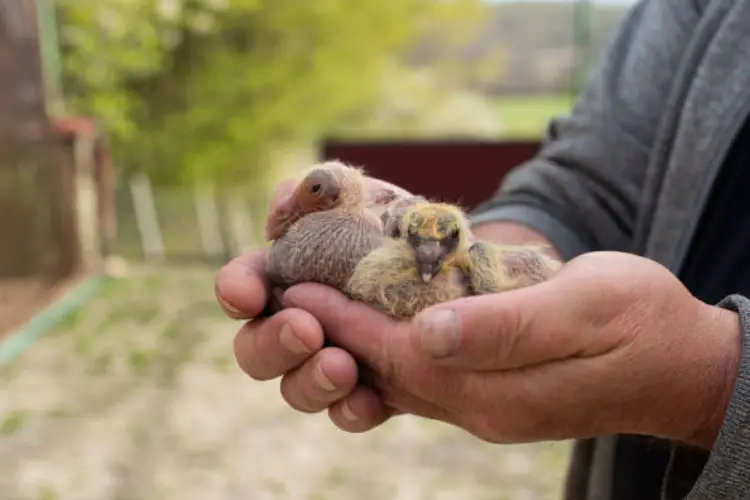Environmental Factors and Pigeon Breeding: Understanding Their Influence on Development
Pigeons are one of the world’s most common and recognizable bird species. These birds are known for their distinctive cooing calls and adaptability to various environments. However, successful pigeon breeding and development are highly dependent on environmental factors.
So what are the environmental factors affecting pigeon breeding? Temperature and humidity are the most critical environmental factors affecting pigeon breeding and development. Additionally, food availability plays a critical role in pigeon breeding success. Predation is another essential factor limiting pigeon populations.
Understanding how these environmental factors affect pigeon breeding and development is essential for bird enthusiasts, researchers, and students. This article aims to provide a comprehensive guide on these factors.
Temperature and Humidity
You must maintain the temperature and humidity to the optimum values for better avian reproduction. This section will discuss temperature/humidity environmental factors and pigeon chicks’ hatching and development.
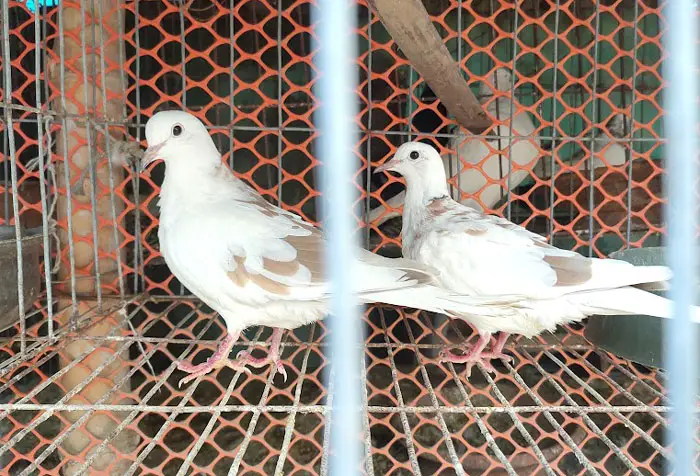
Temperature’s Effects on Pigeon Breeding
Here are some ways temperature affects pigeon breeding:
- Hatching time: Higher temperatures can cause eggs to hatch earlier, while lower temperatures may delay hatching.
- Chick size and weight: Incubating at higher temperatures results in smaller chicks, while low-temperature incubation leads to larger ones.
- Reproductive performance: High temperatures can lead to decreased egg production. Low temperatures can cause the birds to stop laying eggs altogether.
- Bird behavioral impacts: Hotter environments increase restlessness and aggression among birds, leading to reduced productivity levels. Colder environments reduce activity resulting in lethargy and impairing overall mating success rates.
- Brood parasitism: High temperatures encourage parasites which will affect young ones.
- Disease susceptibility: Extreme heat causes stress and dehydration. This weakens the bird’s immune systems making them more prone to illness. Low temperatures further complicate matters by increasing respiratory problems like infections and diseases.
- Climate and pigeon breeding: In colder regions, breeding occurs during warmer months, unlike hotter ones, where it’s a year-round event.
Humidity Effects on Pigeon Breeding
Here are some ways humidity affects pigeon breeding:
- Egg production: High humidity can decrease egg production due to damp air inside the loft, leading to bacterial and fungal growth.
- Egg hatchability: High or low humidity can negatively affect this process by causing too much moisture absorption or dehydration.
- Nesting material: High humidity levels can cause nesting materials to become damp and moldy. Additionally, damp nesting materials can lead to increased bacterial and fungal growth.
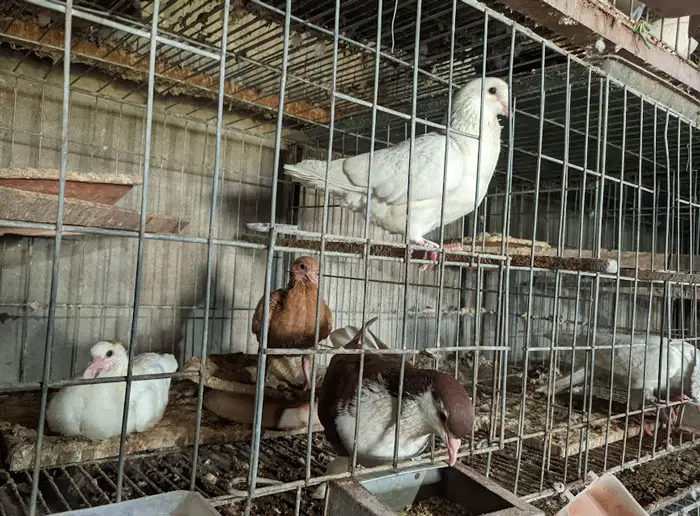
The Optimal Temperature and Humidity Requirements for Pigeon Breeding
Successful pigeon breeding and nesting require specific temperature and humidity levels.
Temperature Requirements:
- Incubation temperature: 37.2° to 37.8°C (99° to 100°F)
- Loft temperature: 18° to 24°C (64° to 75°F).
- Brooding temperature: A hatchling requires a brooding temperature of around 35°C (95°F) for the first week of life. This temperature should gradually decrease by around 2.8°C (5°F) per week until fully feathered.
Humidity Requirements:
- Incubation humidity: 55% to 60%.
- Loft humidity: 50% to 60%.
Food Availability
Food availability is a crucial factor for the successful breeding and development of pigeons in the following ways:
- Ensures the proper nutrition for healthy parent birds
- Enables the production of crop milk, which is essential for chick growth and development
- Increases the likelihood of successful egg hatching and healthy chick avian development
- Boosts the immunity and overall health of parent birds and chicks
- Supports the development of strong bones, muscles, and feathers in chicks
- Enables the parent birds to provide sufficient food for their chicks, reducing the risk of chick mortality
- Supports the growth of healthy organs and tissues in chicks
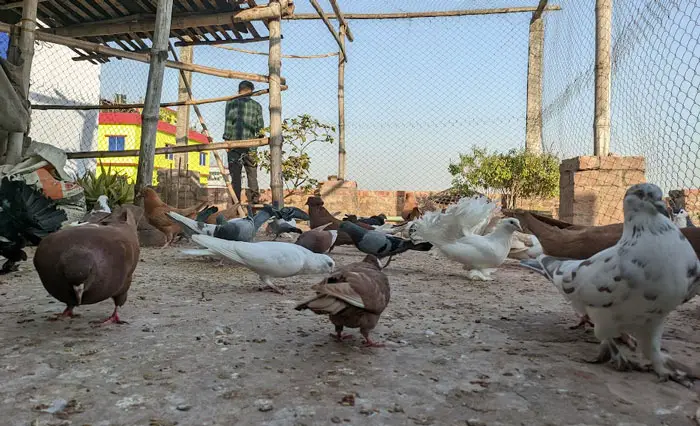
Factors Affecting Food Availability for Pigeons
The following factors will determine food availability in the wilderness:
- Seasonal changes in food availability
- Climate and weather conditions
- Changes in land use patterns
- Human activities, such as hunting and land development
- Competition with other bird species for food resources
- Availability and quality of food sources
- Habitat destruction and fragmentation
- Introduction of non-native plant and animal species
- Pollution and contamination of food sources
Potential Consequences of Food Scarcity for Pigeon Breeding and Development
In events of food scarcity, pigeons will suffer the following:
- Reduced breeding success
- Delayed development
- Lower chick survival rates
- Increased competition for resources among pigeons
- Weaker immune systems in pigeons due to lack of proper nutrition
- Reduced overall population size
- Increased aggression among pigeons competing for limited food resources
- Greater susceptibility to predation as pigeons may venture further from safe nesting sites in search of food
- Changes in migration patterns or ranges as pigeons may need to move to areas with more abundant food sources
- In extreme cases, starvation and death of adult pigeons and their chicks
Predation and Nesting Site Selection
Predators pose a significant threat to the breeding success and population of pigeons. Here are some ways that predation can impact pigeons:
- Nest abandonment or reduced breeding success
- Reduced survival rates for young and adult pigeons
- Decreased population size and potential long-term population decline
- Increased stress levels for pigeon breeding pairs and offspring
- Changes in breeding behavior or pigeon nesting site selection to avoid predators
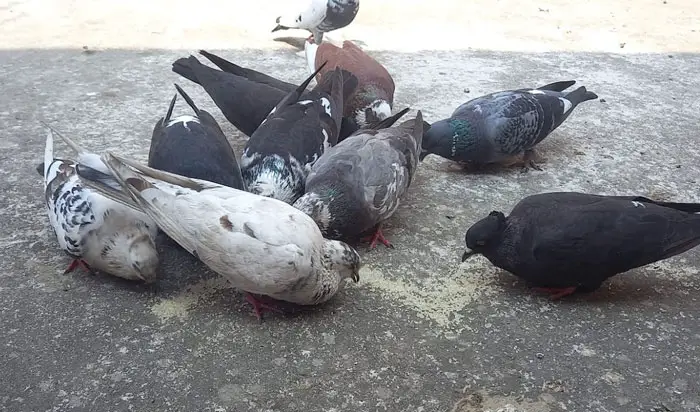
Factors Influencing Nesting Site Selection in Pigeons
Suitable nesting sites are crucial for the breeding success of pigeons. The following factors influence nesting site selection in pigeons:
- Availability of food sources in the vicinity
- Access to water sources
- Protection from predators and other threats
- Adequate space for nesting and raising young
- Environmental conditions such as temperature and humidity
- Lighting and photoperiod (length of daylight hours)
- Availability of nesting materials
- Presence of conspecifics (other pigeons of the same species)
- Absence of noise and other disturbances
- Degree of human disturbance or proximity to human activity
Consequences of Unsuitable Nesting Sites and Predation Risk
Unsuitable nesting sites and high predation risk can significantly affect pigeon breeding and development. Here are some consequences of unsuitable nesting sites and predation risk:
- Reduced avian reproduction success and lower survival rates for chicks
- Increased risk of predation and mortality for adult pigeons
- Increased competition for nesting sites with conspecifics and other bird species
- Increased susceptibility to environmental stressors such as weather extremes and disease outbreaks
- Reduced population growth
- Increased vulnerability to human disturbance and disruption
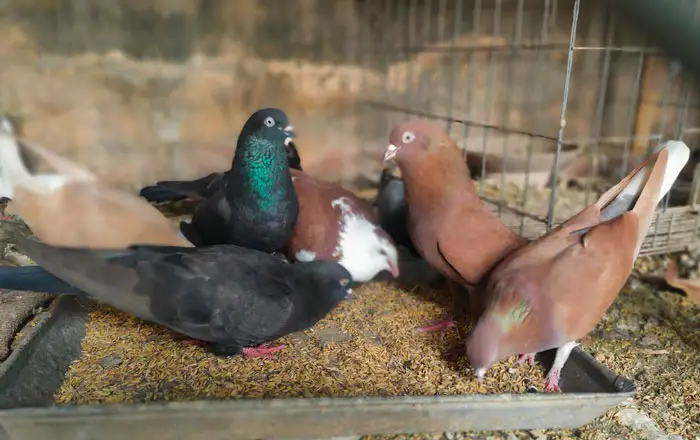
Preventing Predation and Selecting Suitable Pigeon Nesting Sites
Measures should be taken to prevent predation and select suitable nesting sites to ensure successful pigeon breeding. Here are some ways to prevent predation and select suitable nesting sites:
- Nesting site selection near human structures or under cover to reduce visibility to predators
- Use of nesting boxes or other artificial structures to protect pigeons and their young
- Installation of predator deterrents such as spikes, netting, or fencing around nesting sites
- Reduction of food sources or other attractions that may draw predators to the area
- Monitoring of nesting sites and predator activity to identify and address any potential threats
- Collaboration with other stakeholders, such as wildlife management agencies, animal behavior experts and bird research institutions. This will help implement effective predator control measures
- Development of programs to raise public awareness about the importance of pigeon conservation
Parental Care and Chick Development
Pigeon parental care is essential for animal development in the following ways:
- Incubation of eggs
- Provision of food and water to chicks
- Protection of chicks from predators and environmental hazards
- Nest sanitation to maintain a healthy environment for chicks
- Teaching and training chicks to feed and forage independently
- Maintenance of chick body temperature through brooding
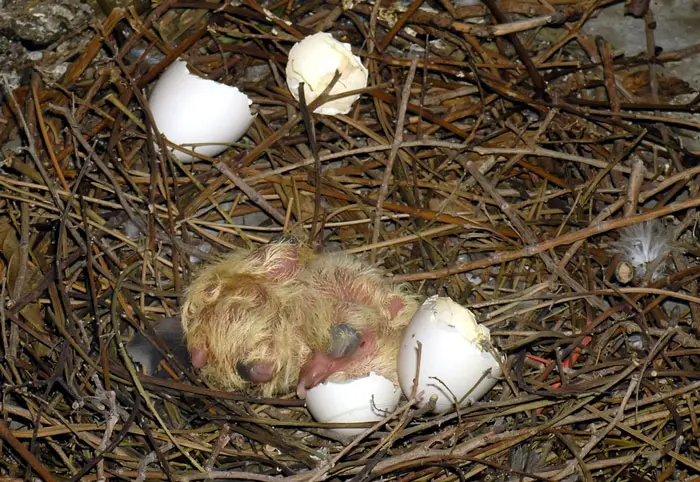
The following might affect the quality of parental investment in pigeon chicks:
- Availability of nesting materials
- Presence of predators
- Availability of food sources
- Environmental factors (e.g., temperature and humidity)
- Breeding experience and age of the parents
- Health and physical condition of the parents
- Human interference or disturbance of the nesting site
And if the parental care quality is affected, the chicks will have:
- Reduced chick growth and development
- Higher mortality rates
- Weaker immune systems
- Decreased ability to thermoregulate
- Lower chances of survival outside the nest
You can take several steps to promote healthy chick development and prevent limitations in parental care. Firstly, ensure enough nesting materials for the parent birds to construct a secure nest.
Protect the animal ecology from predators to avoid disturbing the parent birds and their chicks. Keeping the parent birds healthy and well-nourished is also essential by providing them with a balanced diet and clean water.
If you’re interested in enhancing your knowledge about pigeon breeding, you may find our articles on how to select and breed champion racing pigeons and pigeons’ distinctive nesting habits informative. Our article on how to select and breed champion racing pigeons offers valuable insights into identifying superior pigeons and implementing effective breeding techniques to develop a successful racing pigeon lineage. Additionally, our article on pigeons’ distinctive nesting habits explores the fascinating behaviors and preferences of pigeons when it comes to nesting, providing valuable information for pigeon breeders and enthusiasts alike.Conclusion
Temperature and humidity, food availability, predation, and parental care are all crucial factors influencing pigeon population dynamics.
Further research on the impact of these environmental factors on avian ecology is necessary for the conservation of pigeon populations. We suggest exploring scientific journals and avian physiology books for those interested in learning more about avian ecology research.
